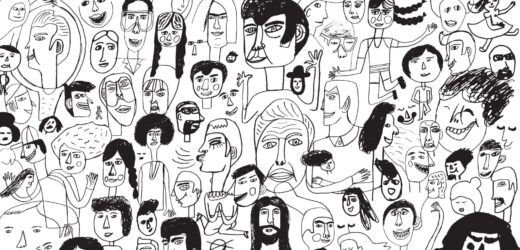The concept of universal design for learning (UDL) was initially developed in order to provide equal access to learning opportunities for students in face-to-face courses. It has since been adapted for many learning situations, including online courses. However, there is still a widespread perception that UDL is appropriate only as an accommodation for learners with disabilities. Faculty members are usually not clear about when to adopt universal-design strategies, what kind of work UDL entails, and what benefits come out of the process for students and instructors.
Related Articles
I have two loves: teaching and learning. Although I love them for different reasons, I’ve been passionate about...
Could doodles, sketches, and stick figures help to keep the college reading apocalypse at bay?...
We’ve all faced it: the daunting stack of student work, each submission representing hours of potential grading. The...
Storytelling is one of the most powerful means of communication as it can captivate the audience, improving retention...
For some of us, it takes some time to get into the swing of summer. Some of us...
About a year ago, I decided to combine the ideas of a syllabus activity and a get-to-know-students activity....
The use of AI in higher education is growing, but many faculty members are still looking for ways...








